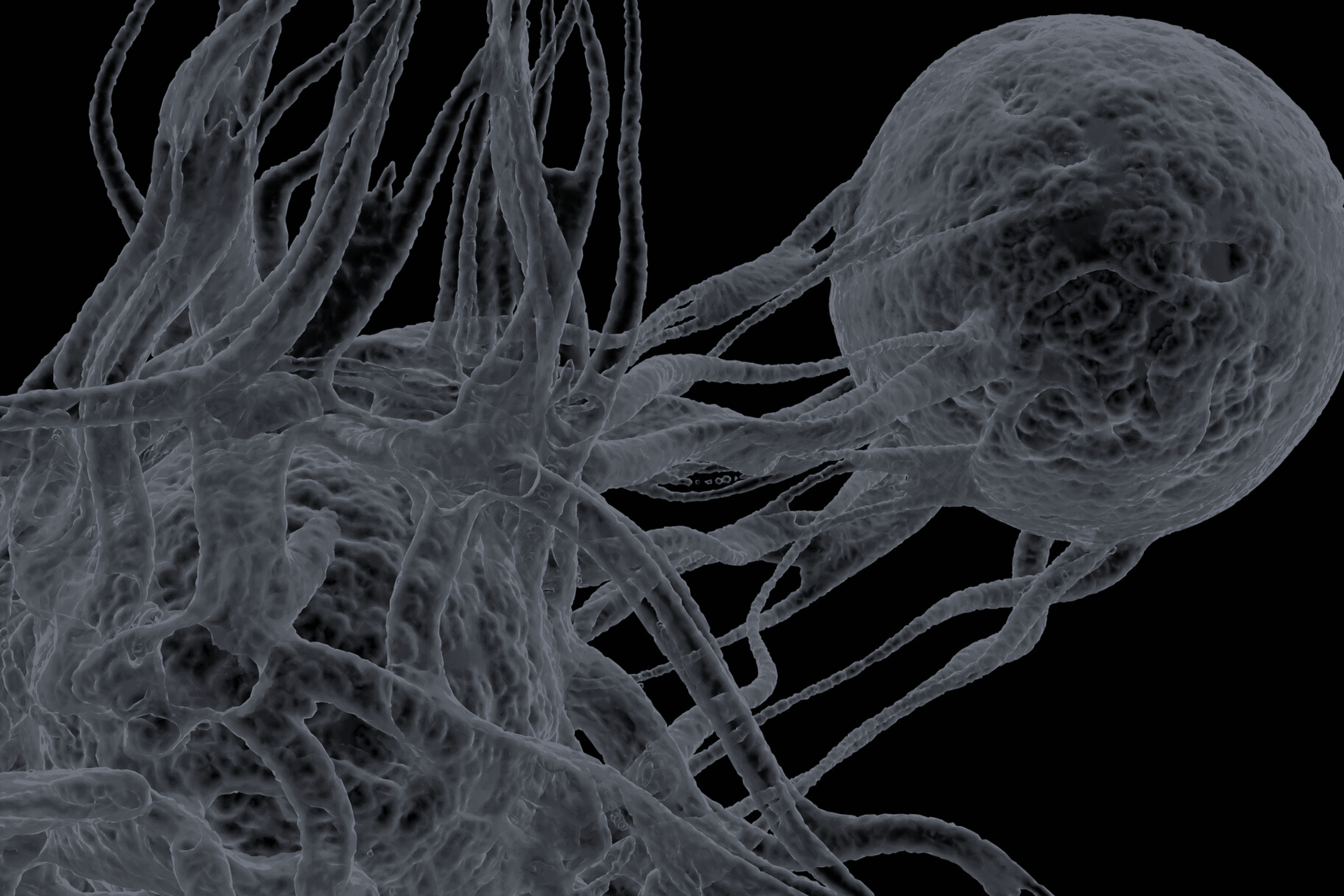This use case introduces an AI-driven decision support system for optimising the scheduling of EISCAT radar experiments. By integrating historical and real-time data, the system will learn to predict the best timing for radar observations based on space weather conditions and user-defined requirements—maximising experiment efficiency and scientific value.
Intelligent Scheduling of Radar Observations and Experiments

Challenge
EISCAT radars are used in experiments planned by researchers, with specific geophysical conditions required for data collection. However, real-time space weather conditions often don’t match expectations, making scheduling complex. Currently, radar scheduling depends on human operators assessing real-time data streams. This use case aims to train AI models to support or automate this decision-making, reducing inefficiencies and ensuring radar resources are used effectively.
Target
To develop an AI-based decision support tool that can match user experiment requirements with optimal geophysical conditions using real-time and historical data, improving radar use efficiency.
Development Steps
-
Decompose radar scheduling tasks into discrete prediction problems (e.g., condition detection).
-
Label historical data to support training of individual AI models.
-
Train and evaluate models for each condition detection task.
-
Link the models using logic guided by domain experts.
-
Integrate real-time data feeds (e.g., from satellites and sensors) and researcher requests.
-
Validate the model using actual experiment requests and outcomes.
-
Explore additional functionality for scheduling Resident Space Object (RSO) observations.
Relevance / Target Stakeholders
-
EISCAT facility operators who schedule and run the radar experiments
-
Researchers and users submitting proposals and using EISCAT data
Impact
The AI-supported scheduling system will reduce energy waste, costs, and operational inefficiencies associated with poorly timed radar experiments. It will enhance the scientific value of EISCAT operations, support better experiment planning, and potentially extend to other domains involving dynamic observational scheduling.













